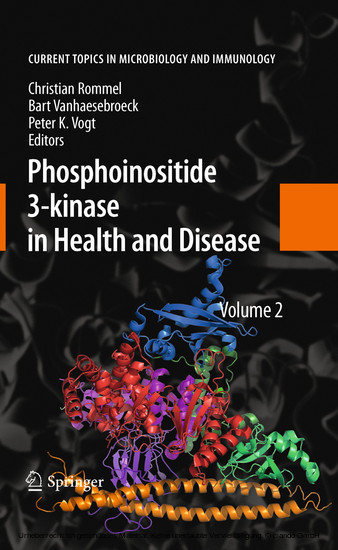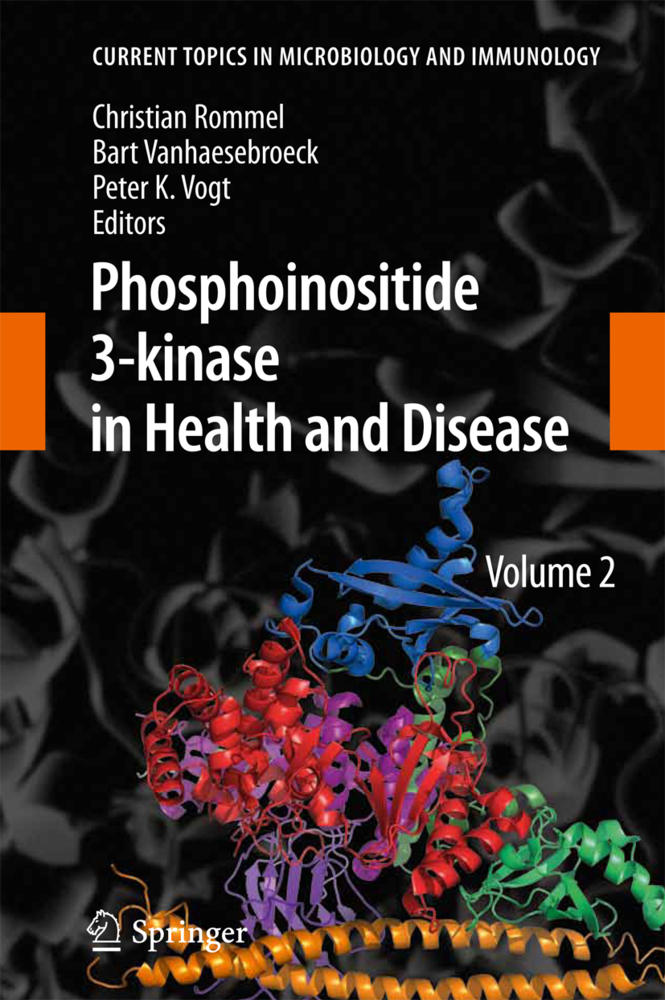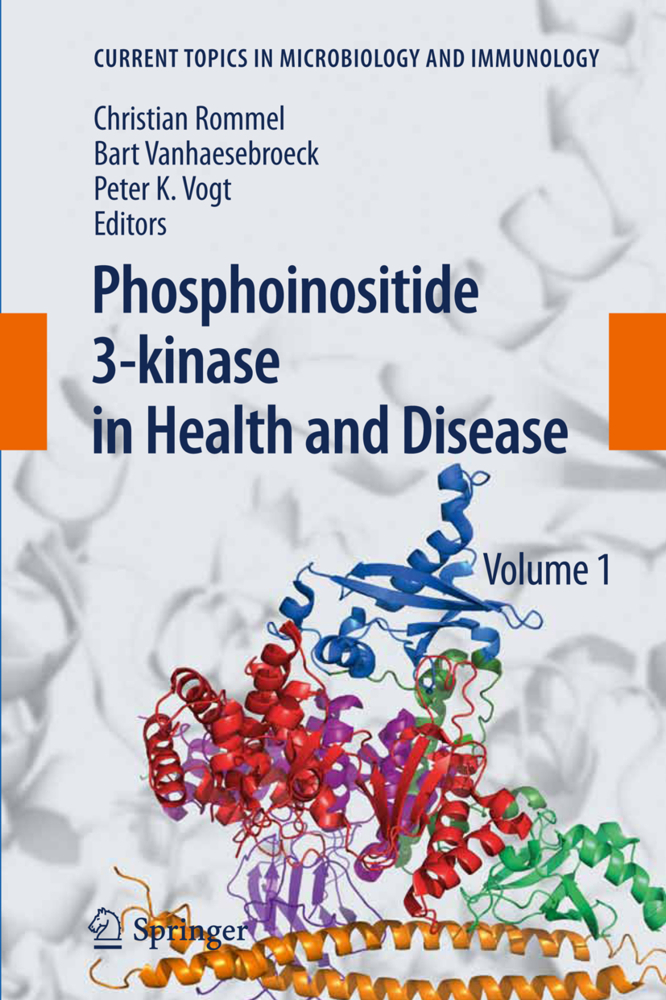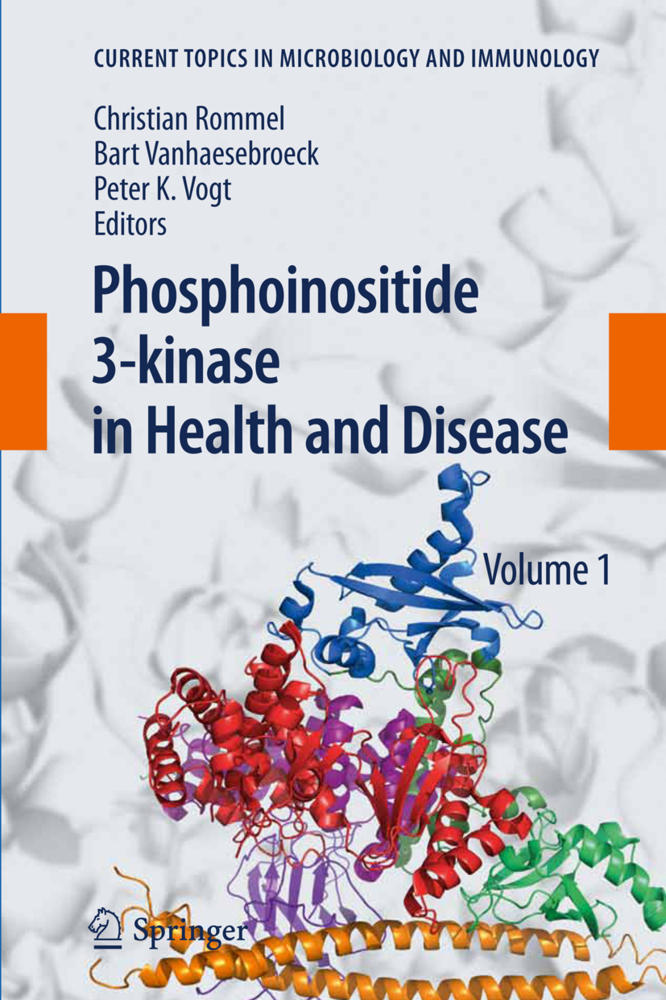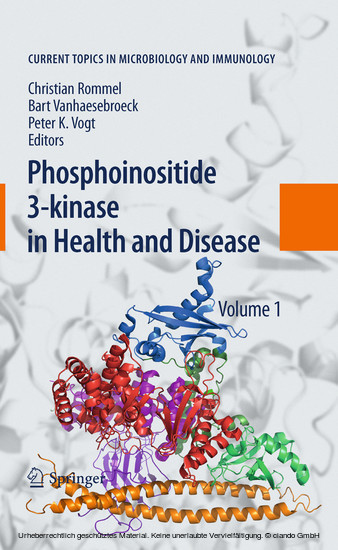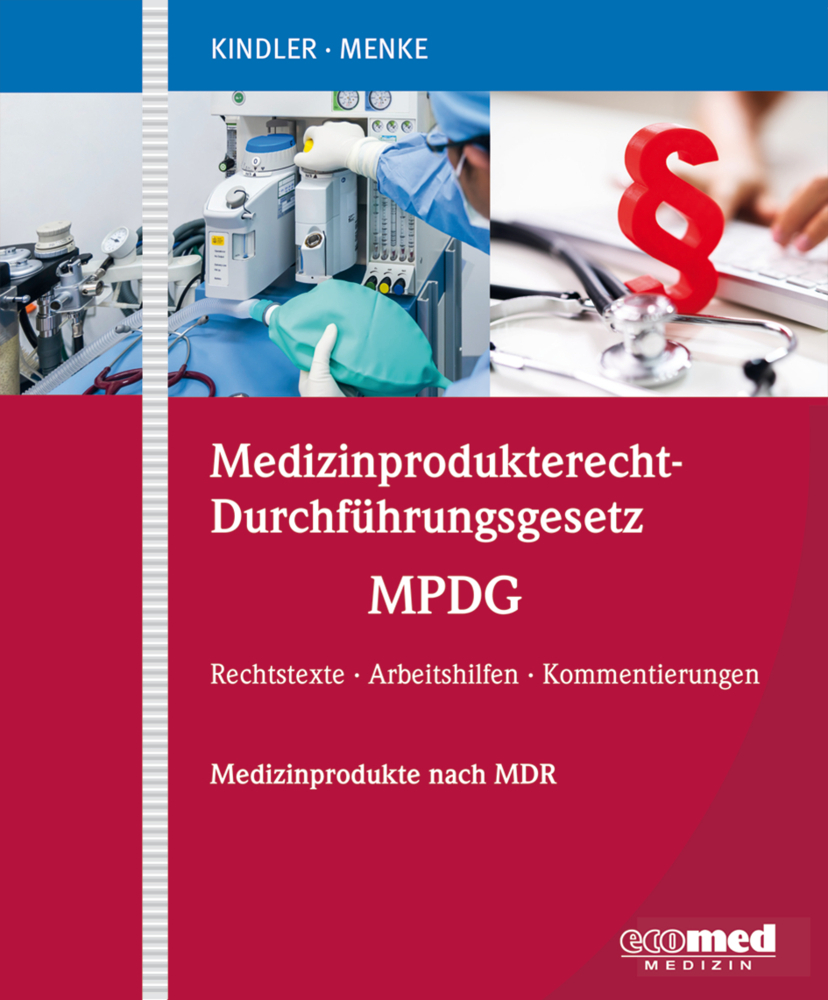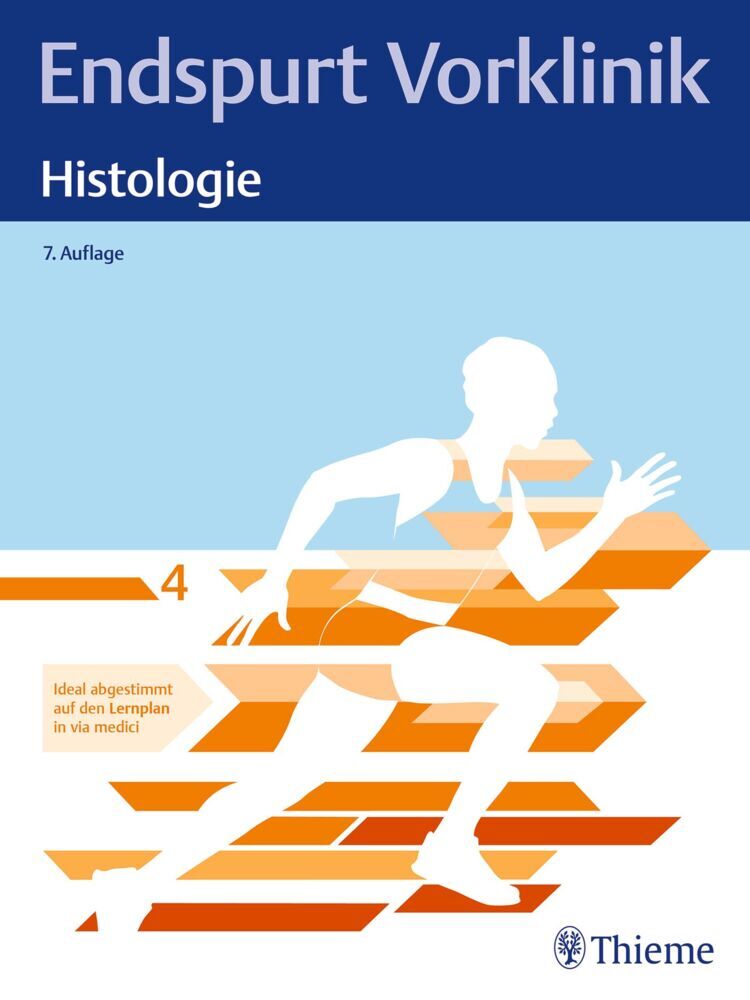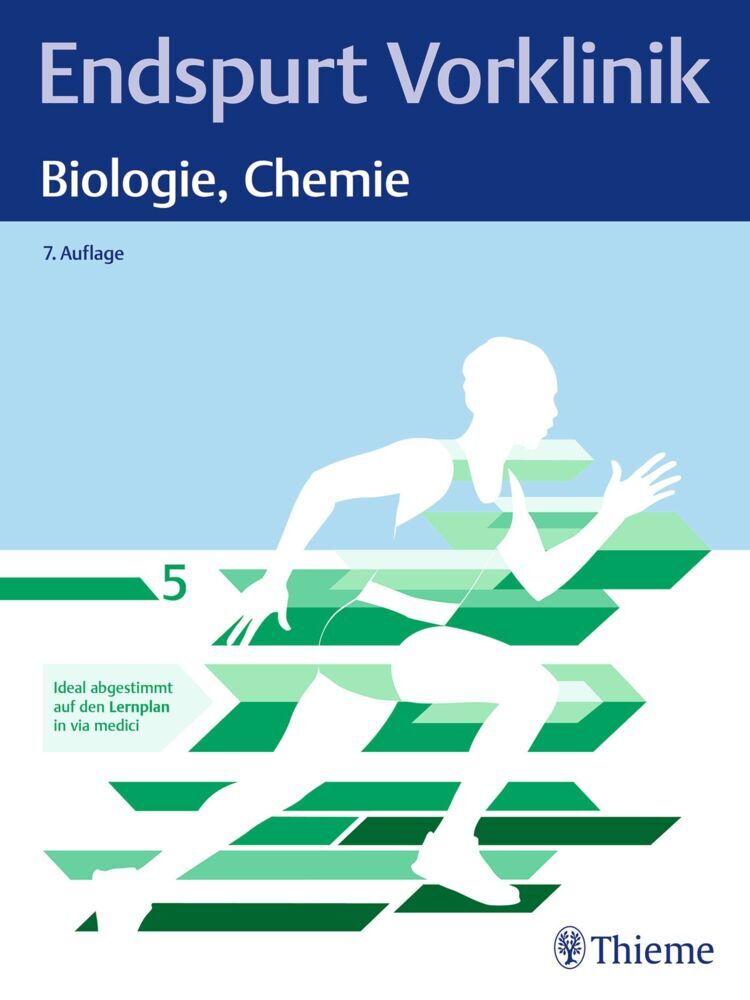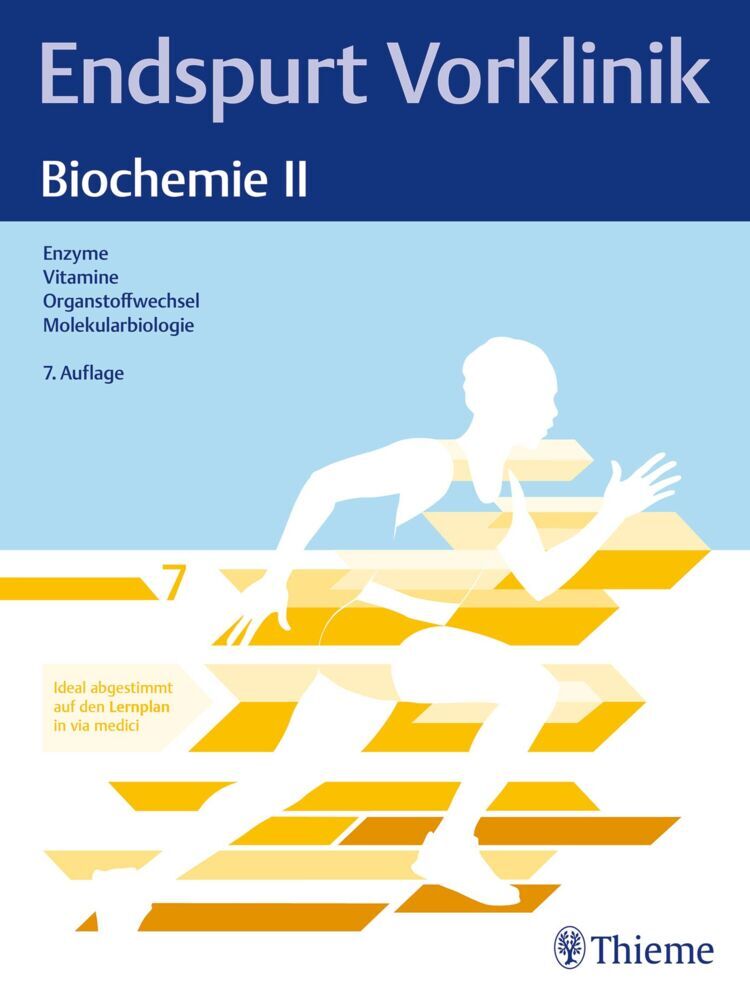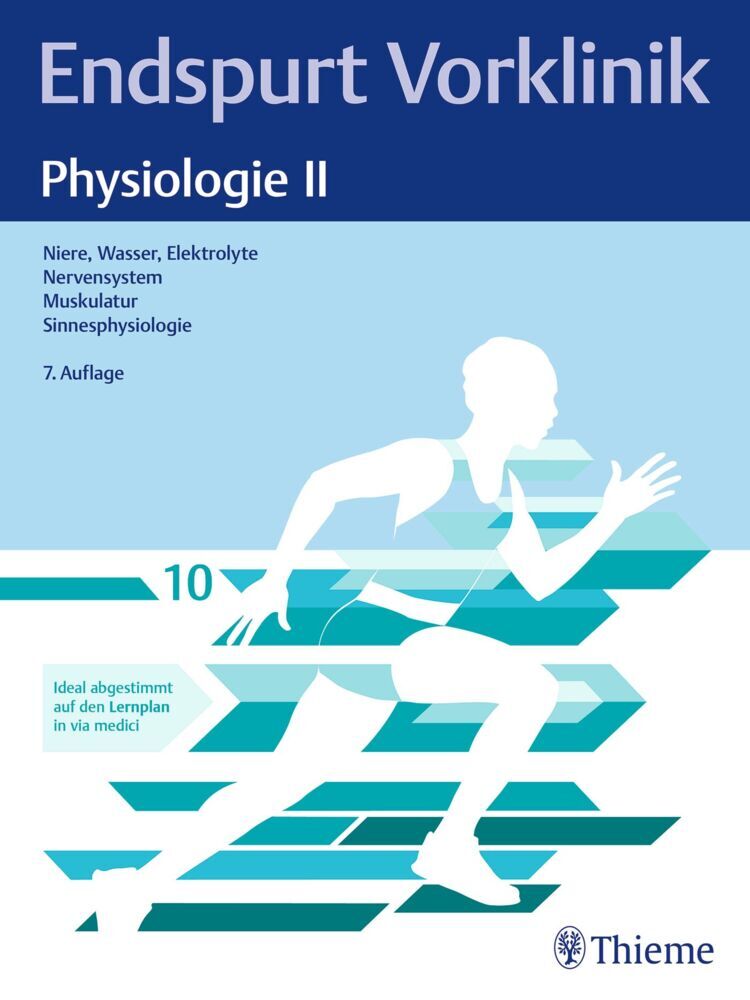Phosphoinositide 3-kinase in Health and Disease. Vol.2
Volume 2
PI3K has become a very intense area of research, with over 2000 publications on PI3K in PubMed for 2009 alone. The expectations for a therapeutic impact of intervention with PI3K activity are high, and progress in the clinical arena is being monitored by many. However, targeted therapies almost invariably encounter roadblocks, often exposing unresolved questions in the basic understanding of the target
1;Phosphoinositide 3-kinase in Health and Disease;3 1.1;Volume 2;3 1.2;Contents;5 1.3;Contributors;7 1.4;PI3K: From the Bench to the Clinic and Back;11 1.4.1;1 The Discovery of the PI3K Signalling Pathway and Its Potential as a Therapeutic Target;12 1.4.2;2 PI3K and Human Disease;14 1.4.3;3 The Development of PI3K Inhibitors for Human Disease Starts to Inform Basic Science;15 1.4.4;4 Some Outstanding Questions in PI3K Biology and Signalling;18 1.4.5;5 Concluding Remarks;20 1.4.6;References;21 1.5;Oncogenic Mutations of PIK3CA in Human Cancers;30 1.5.1;1 Introduction;31 1.5.2;2 Links Between the PI3K Pathway and Cancer;31 1.5.3;3 High Throughput Sequencing of Gene Families in Human Cancer;32 1.5.4;4 PIK3CA is Somatically Mutated in Colorectal Cancer;32 1.5.5;5 PIK3CA is Mutated in a Wide Variety of Human Tumor Types;33 1.5.6;6 Somatic Mutations in the PI3K Pathway Typically Occur in a Mutually Exclusive Fashion;40 1.5.7;7 Conclusion;42 1.5.8;References;43 1.6;Structural Effects of Oncogenic PI3Ka Mutations;51 1.6.1;1 Introduction;52 1.6.2;2 Description of the Structure;53 1.6.3;3 Association with the Lipid Membrane;55 1.6.4;4 Cancer-Specific Mutations;56 1.6.5;5 Summary and Conclusions;60 1.6.6;References;61 1.7;Comparing the Roles of the p110a and p110beta Isoforms of PI3K in Signaling and Cancer;62 1.7.1;1 Introduction;63 1.7.2;2 Class IA PI3Ks;64 1.7.3;3 Mechanisms of Activation of Class IA p110 Isoforms;64 1.7.3.1;3.1 Early Studies on In Vitro p110a/beta Activation;64 1.7.3.2;3.2 Studies on p110 Activation Using Engineered Mice;67 1.7.3.3;3.3 Unresolved Issues;68 1.7.4;4 Downstream Signaling: Acting Out Through AKT and PDK1;70 1.7.4.1;4.1 AKT Signaling;70 1.7.5;5 PI3K Isoforms in Cancer;71 1.7.5.1;5.1 Deregulated PI3K Pathway Components;72 1.7.5.2;5.2 Targeting PI3K in Cancer;73 1.7.5.3;5.3 p110a as a Viable Tumor Target;73 1.7.5.4;5.4 p110beta as a Drug Target;75 1.7.5.5;5.5 What Are the Take-Home Messages from p110-Isoform Knock-Out Studies In Vivo?;76 1.7.5.6;5.6 Kinase-Independent Roles of p110-Isoforms;76 1.7.6;6 Conclusions;78 1.7.7;References;78 1.8;Phosphatidylinositol 3-Kinase: The Oncoprotein;85 1.8.1;1 Phosphatidylinositol 3-Kinases and Cancer;86 1.8.2;2 Cancer-Specific Mutations in PI3K;87 1.8.3;3 Several Molecular Mechanisms Can Induce a Gain of Function in p110;90 1.8.4;4 Non-alpha Isoforms of Class I PI3K in Cancer;92 1.8.5;5 Class II and III PI3Ks;94 1.8.6;6 PI3K-Driven Oncogenic Transformation: Mechanistic Considerations;95 1.8.7;7 Conclusion;99 1.8.8;References;100 1.9;AKT Signaling in Physiology and Disease;111 1.9.1;1 Introduction;112 1.9.2;2 AKT Kinases;113 1.9.2.1;2.1 Isoforms;113 1.9.2.2;2.2 Domain Structure;113 1.9.3;3 Mechanisms of AKT Activation;114 1.9.3.1;3.1 PDK1-Dependent AKT Phosphorylation;116 1.9.3.2;3.2 Hydrophobic Motif Phosphorylation;116 1.9.3.3;3.3 Phosphorylation of Other AKT Residues;117 1.9.4;4 Negative Regulation of AKT Signaling;117 1.9.4.1;4.1 Lipid Phosphatases;117 1.9.4.2;4.2 AKT-Specific Protein Phosphatases;118 1.9.4.3;4.3 AKT Inhibition by Interacting Proteins;118 1.9.4.4;4.4 Lipid Binding PH Domain-Only Proteins;119 1.9.4.5;4.5 Feedback Regulation of AKT Signaling;119 1.9.5;5 AKT Substrates;119 1.9.6;6 AKT Signaling in Physiology;121 1.9.6.1;6.1 Glucose Homeostasis and Metabolism;121 1.9.6.2;6.2 Cell Proliferation;122 1.9.6.3;6.3 Cell Survival;122 1.9.6.4;6.4 Cell Migration and Invasion;123 1.9.6.5;6.5 Cell Growth and Protein Translation;124 1.9.6.6;6.6 Angiogenesis;125 1.9.6.7;6.7 Apoptosis and Senescence Induction;125 1.9.6.8;6.8 Immunity;126 1.9.6.9;6.9 Brain Development, Neuronal Differentiation, and Function;126 1.9.7;7 Roles of the AKT Signaling Pathway in Human Disease;127 1.9.7.1;7.1 Diabetes;127 1.9.7.2;7.2 Neurological Diseases;128 1.9.7.3;7.3 Cancer;128 1.9.7.3.1;7.3.1 Genetic Alterations in the Upstream RTK Signaling Axis;129 1.9.7.3.2;7.3.2 Inactivating Mutations of PTEN;129 1.9.7.3.3;7.3.3 Activating Mutations of PI3K;129 1.9.7.3.4;7.3.4 Activating Mutations of
Rommel, Christian
Vanhaesebroeck, Bart
Vogt, Peter K.
| ISBN | 9783642148163 |
|---|---|
| Artikelnummer | 9783642148163 |
| Medientyp | E-Book - PDF |
| Auflage | 2. Aufl. |
| Copyrightjahr | 2010 |
| Verlag | Springer-Verlag |
| Umfang | 306 Seiten |
| Sprache | Englisch |
| Kopierschutz | Digitales Wasserzeichen |

